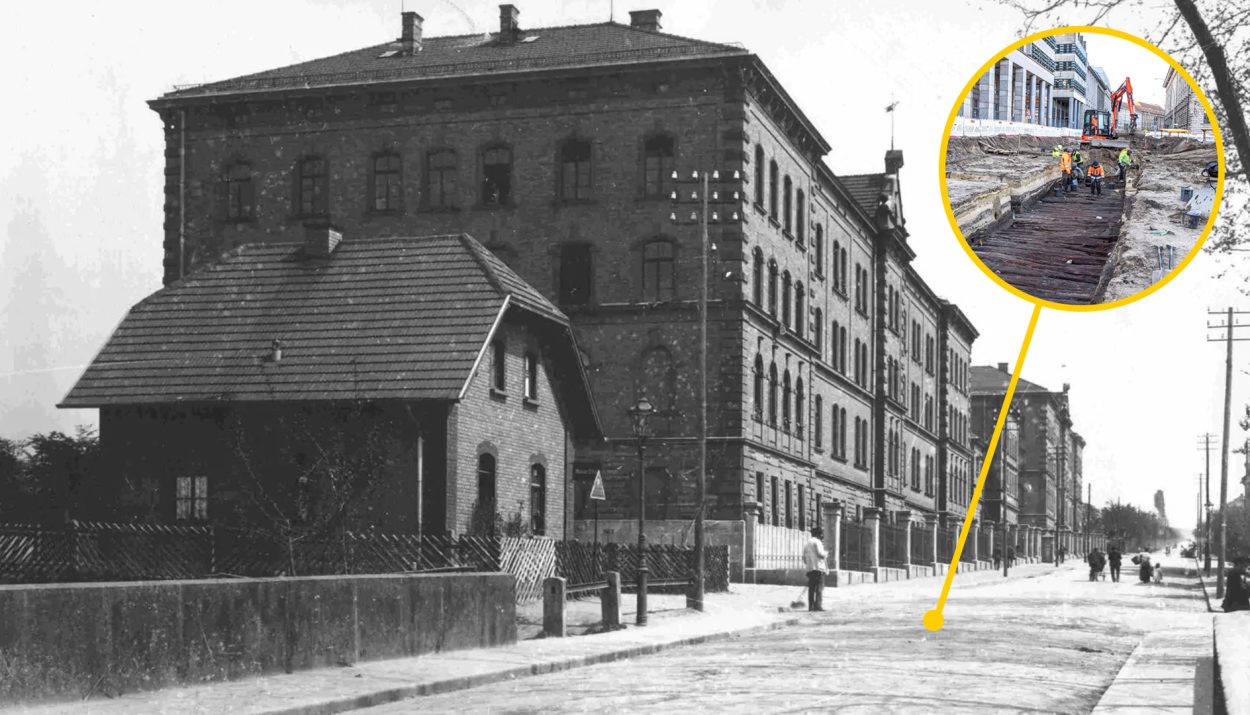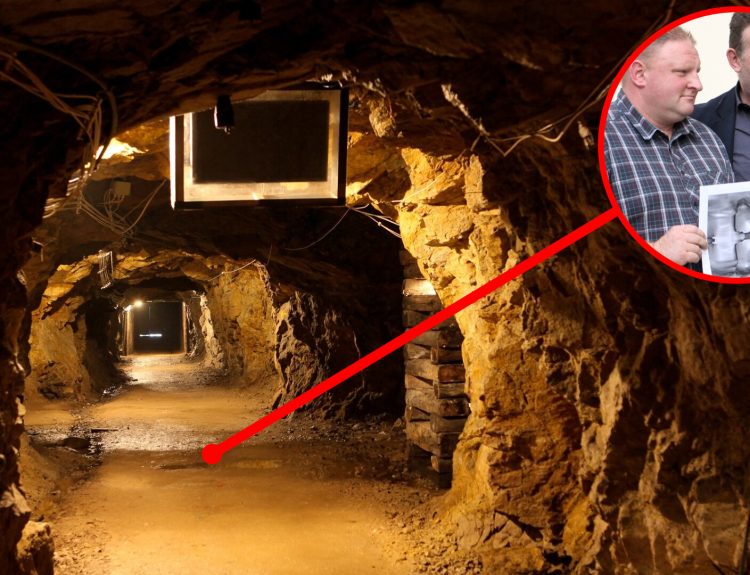A construction project to repair a portion of the Wurzburger Strabe in Germany’s Burgfarrnbach district in November 2023 led to a remarkable discovery that is allowing archaeologists the rare opportunity to learn more about the region’s rich history. Beneath the asphalt of the modern road, workers found a wooden structure.
When archaeological experts were brought in to inspect the find, they realized that the workers had accidentally discovered a wooden boardwalk or pathway that, according to written texts from the time, served as part of a key trade route between the German cities of Nuremberg and Frankfurt. Just how old is this boardwalk and who used it? Let’s find out.
A Find in Furth
The Bavarian city of Furth is located in Germany’s Middle Franconia region. The city was established in 1007 as a village about seven miles away from Nuremberg. Furth is now second only to Nuremberg as the largest city in Franconia. Over time, both cities grew and spread.

Furth, Nuremberg, and two other nearby cities, Erlangen and Schwabach, all for a continuous metropolitan area with a population of more than 3.6 million residents. The Wurzburger Strabe serves as one of the main thoroughfares linking Furth with Nuremberg. It was beneath this road in Furth that the remarkable find was discovered.
An Historic Bohlenweg
The wooden structure was a “bohlenweg,” what we consider a boardwalk. Basically, this is an elevated pathway that allows foot traffic and wheeled traffic to travel over a marshy, low-lying area. They offered ways for people to cross challenging terrain without having to go out of their way to go around it.
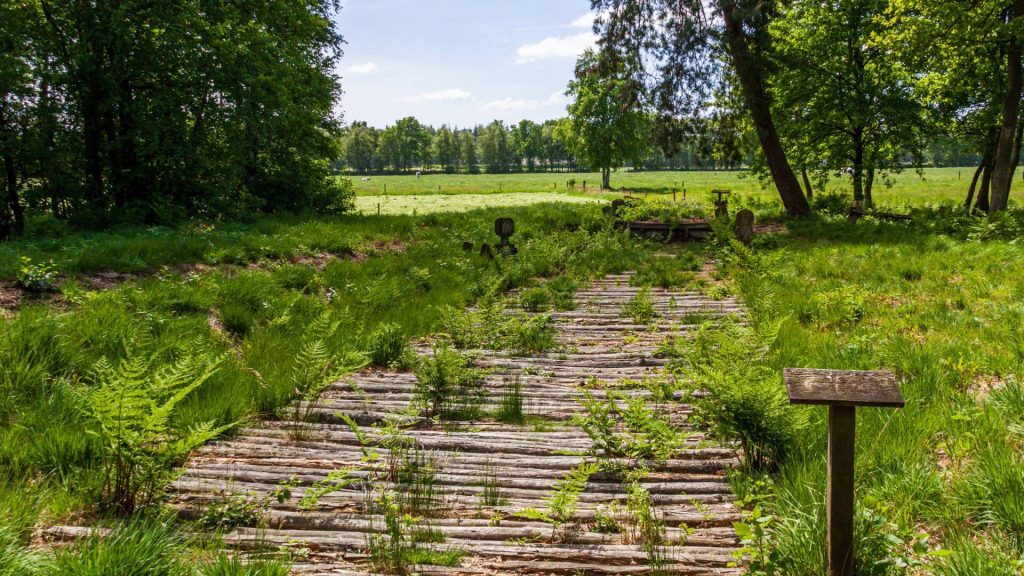
Bohlenweg walkways are nothing new. In fact, these structures were used by people in the Neolithic era. One of the oldest boardwalks that has been found is the Sweet Track that was built across the Somerset levels in England more than 6000 years ago. In Germany, the Wittmoor bog trackway, which was discovered in 1898, dates to the 4th century AD.
The Bavarian State Office for Monument Preservation
The road workers recognized that the wooden planks were quite old and arranged in a linear style, much like today’s wooden boardwalks. They reached out to the Bavarian State Office for Monument Preservation. They sent a team of archaeologists to examine the discovery.
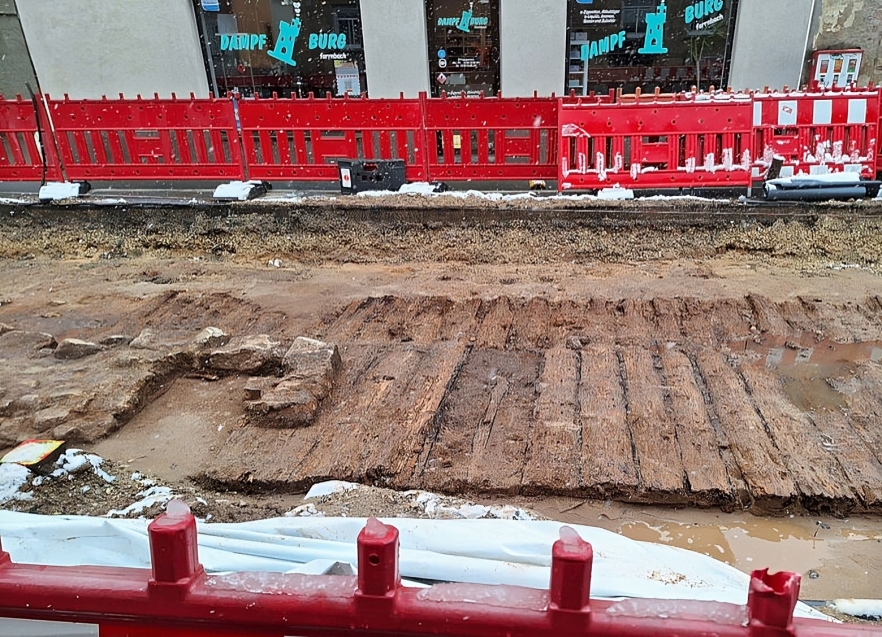
The archaeologists determined that the wooden boardwalk dated back several centuries. The wooden structure had partially deteriorated during its years under the dirt and asphalt of the modern Wurzburger Strabe road. But using science and library research, they were about to date the boardwalk.
Using Dendrochronology to Date the Wood
The scientists used dendrochronology to pinpoint the age of the wooden planks. One of the tools in the archaeologist’s arsenal to help them date wooden structures, dendrochronology is the study of growth patterns of trees. Trees grow one ring per year, but how much it grows depends on weather and environmental conditions.

When the pattern of tree rings from several samples are compared to known climate events, scientists can piece together a timeline that can date the trees. By taking core samples of the pine planks used to make the boardwalk and examining the tree ring growth, the archaeologists found that the trees were chopped down in 1773.
Pouring Over Textual Evidence
As the Bavarian State Office for Monument Protection explained in a press release dated November 29, 2023, the historians located the first references to the Bohlenweg in Furth in documents dated to the year 1592. These records mentioned the Bohlenweg as a vital route linking Nuremberg and Frankfurt.

The documents beseeched the residents of Furth to do their part in maintaining the wooden boardwalk and do regular upkeep on the structure. The people of Furth were tasked with doing repairs and replacing deteriorating planks as needed.
Did the Discovery of the Boardwalk Represent a Newer Rebuild?
Since the wooden planks dated through dendrochronology were nearly two hundred years newer than the earliest references to the Bohlenweg in Furth, there was some initial confusion. However, when the researchers reviewed the older documents, they had the answer they were looking for.
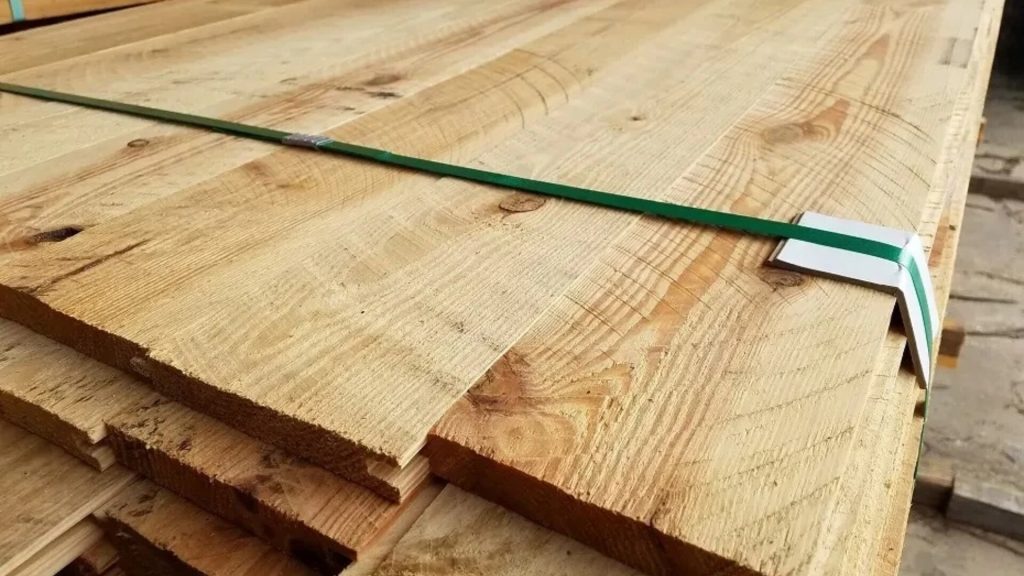
The residents of Germany’s Burgfarrnbach district, including the people of Furth, occasionally repaired the boardwalk. Rotting planks were removed and newer ones – like the ones the construction workers discovered – were put down in their place. While the Bohlenweg as a whole is older, the newly found section is more recent.
Furth and the Franks
The city of Furth, located at the confluence of the Pegnitz and Rednitz rivers, was built by the Franks in the mid-8th century. A Germanic tribe, the Franks rose to prominence in the 3rd century. As they grew more powerful, the Franks expanded their reach into what is now France, central Germany, as well as parts of the Netherlands, Luxembourg, and Belgium.

During the Early Middle Ages, the first king of the Frankish Kingdom, Clovis I, converted his people to Christianity. Later, the Franks founded the Carolingian Empire which produced Charlemagne, the first Holy Roman Emperor. The Franks maintained a close association with the Romans.
Nuremberg, at the Crossroads of Europe
The rich and vibrant history of Nuremberg dates back to the 11th century. At this time, it was a medieval Bavarian village. But by the 14th century, Nuremberg was an imperial city – a free, autonomous city within the Holy Roman Empire. The city’s growth and prosperity came, in part, because it was a center of trade.
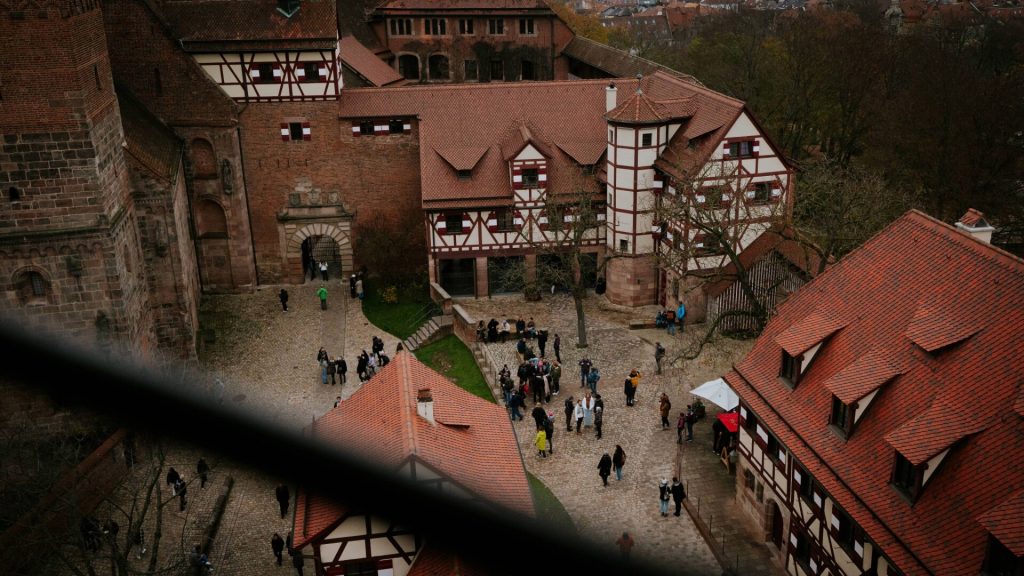
The Nuremberg Castle, which first started as a fortified building built around the year 1000, was repurposed and expanded under the orders of several Holy Roman Emperors. German kings and emperors used the castle as a personal residence throughout the Middle Ages.
Frankfurt and Charlemagne
The German city of Frankfurt, the city connected to Nuremberg via the trade route in question, was founded in the 8th century when Charlemagne, the Frankish ruler, chose this location for his royal palace. Until the demise of the Holy Roman Empire in 1806, Frankfurt played host to the coronations of Holy Roman Emperors.
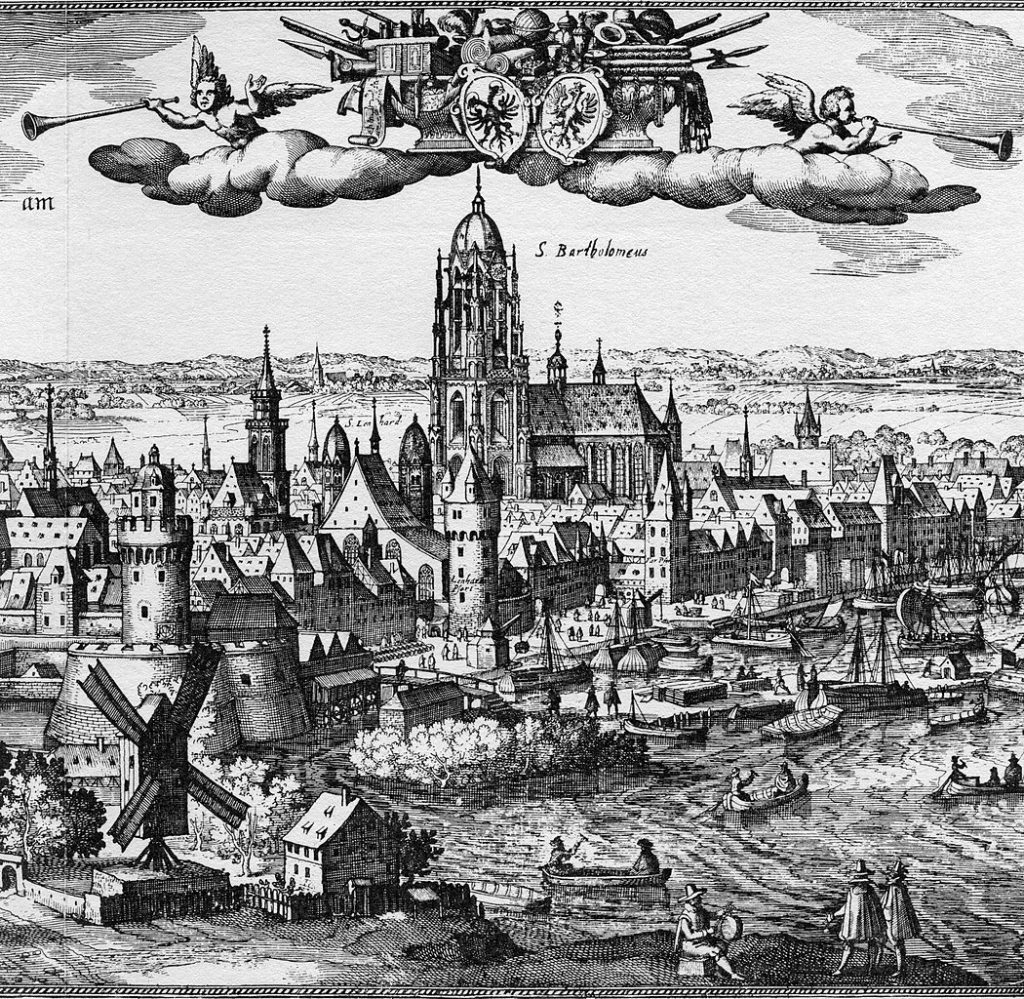
During the medieval era, Frankfurt was a center for trade, finance, and commerce. Trade goods coming into the city contributed to the burgeoning banking industry. This was especially true after the Frankfurt Stock Exchange was established in 1585.
The Bohlenweg, a Vital Trade Route
In the 15th and 16th centuries, traders transporting goods between Nuremberg and Frankfurt – a distance of about 225 kilometers, or 139 miles – followed an established foot path. As trade beefed up, there was a need to make this path usable for wagons and carts.
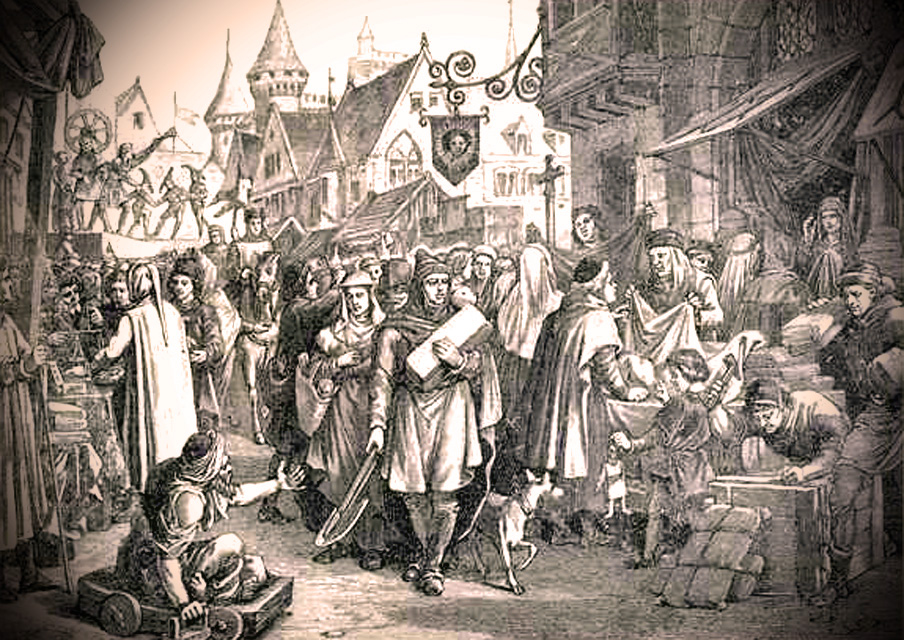
This overland route was especially important for trading such goods as grain, furs, cloth, and wine. To ensure the safe passage of these vital trade goods, portions of the original foot path were elevated over marshlands.
The Bohlenweg, a Road for All
Once the route between Nuremberg and Frankfurt was well-established, it was used by more than just traders. It connected people between these two cities, as well as the residents of the numerous small villages and towns along the route.
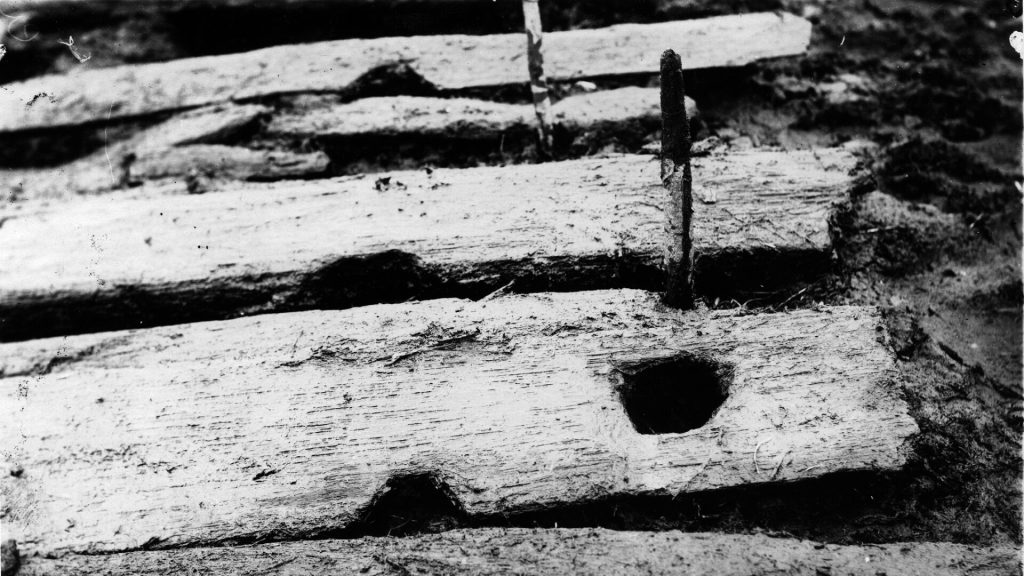
The military used this route as well to move troops and equipment across Middle Franconia. Christian clergymen also used it to journey from cathedral to cathedral, and church to church. But one day in 1790, this roadway helped move a very special payload.
The Bohlenweg and the Holy Roman Empire
On September 27, 1790, residents of Furth had the once-in-a-lifetime opportunity to see the royal jewels of the Holy Roman Empire … or at least, to see the grand procession of ornate carriages and high-prancing horses that carried the priceless wealth of the Holy Roman Empire.
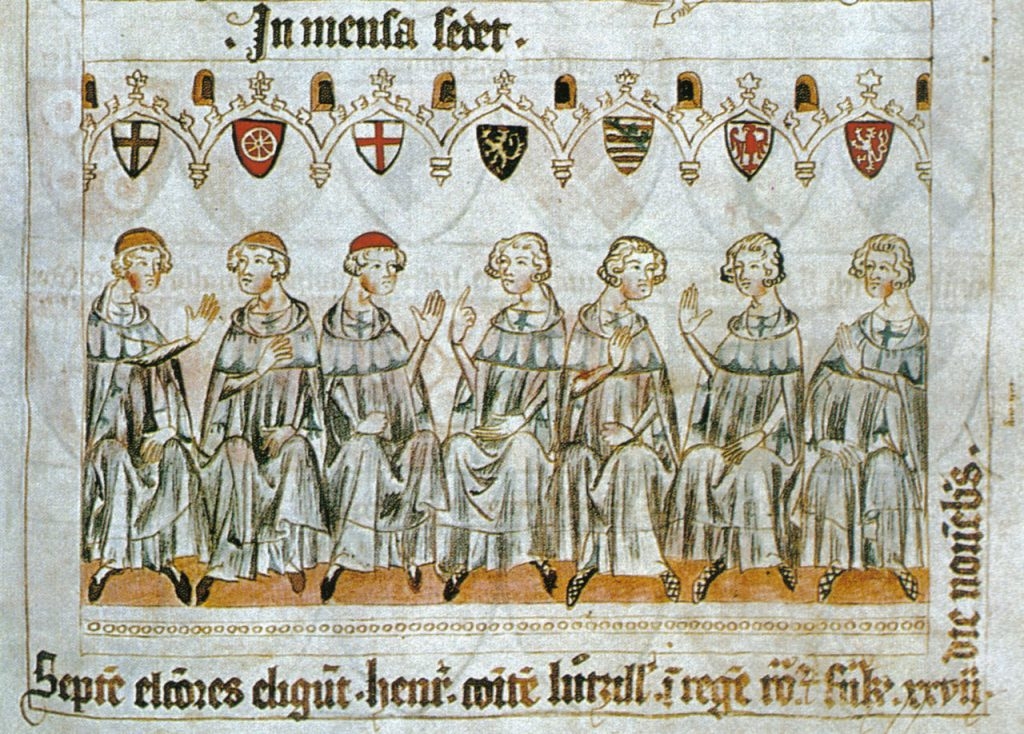
On this day, the boardwalk was used during a parade procession that carried the royal jewels of the Holy Roman Empire into Germany. The valuable royal jewels represented the wealth and power of the Holy Roman Empire, so it was a special occasion for people to see the procession.
The Holy Roman Empire’s Crown Jewels
The collection being transported along the boardwalk included jewel-encrusted crowns, broaches, scepters, and intricate necklaces. Diamonds, rubies, pearls, sapphires, and other precious gems were included. The Imperial Crown, or the Crown of Charlemagne, was crafted in 962, and was just one of several royal crowns in the collection.
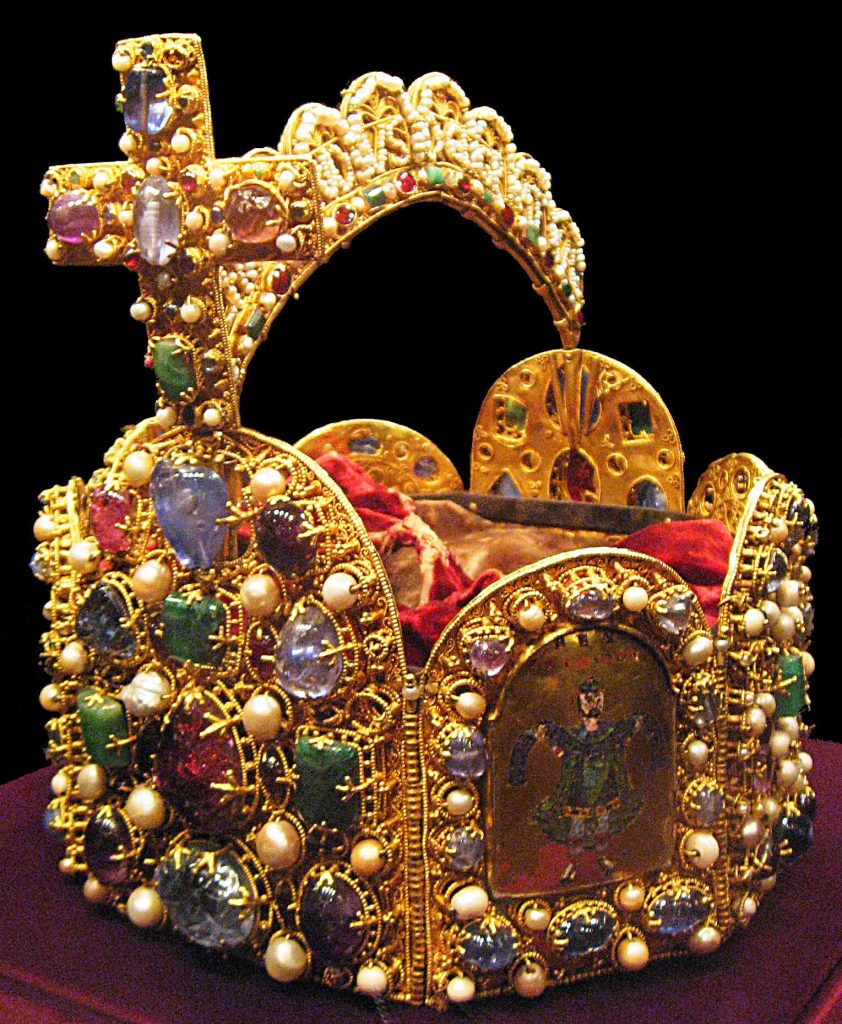
In addition to the jewels, the collection included the Holy Lance. This Christian relic is said to be the same spear that Longinus, the Roman Centurion, used to pierce the side of Jesus Christ during the Crucifixion. The item is one of the most important artifacts of the Imperial Regalia.
From Path to Boardwalk to Road
Over time, the original footpath between Nuremberg and Frankfurt evolved into a wider, more substantial path with boardwalks, or Bohlenweg, including the one that was recently unearthed. But that wasn’t the end of the route.
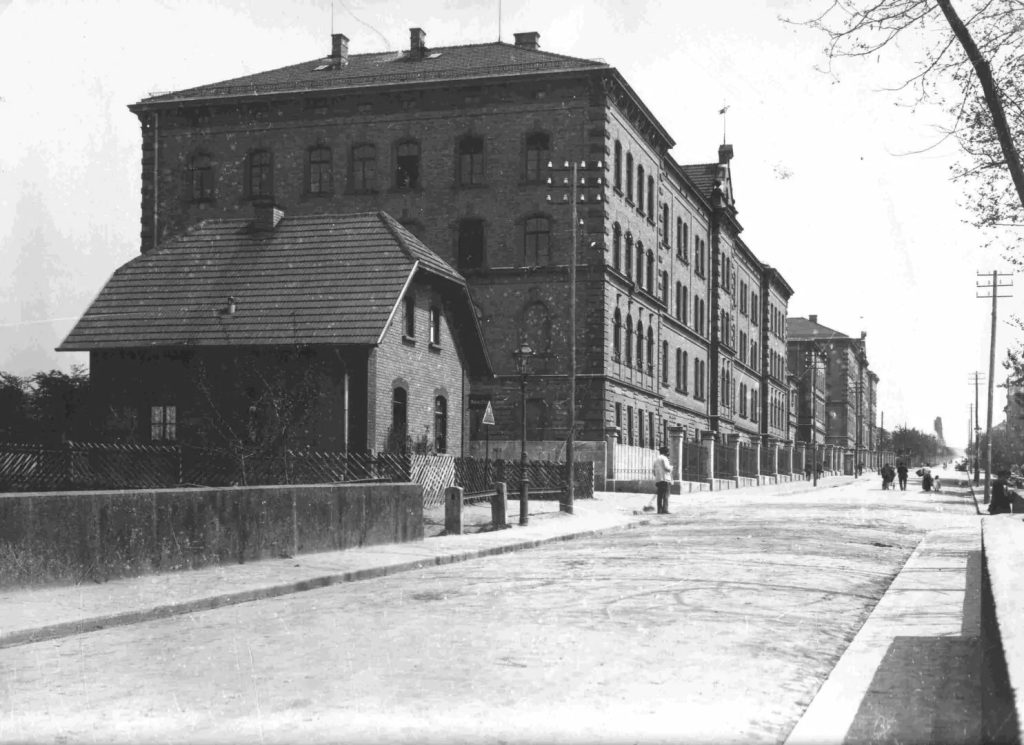
The trade route between the two German cities became an actual road that could accommodate horse-drawn wagons. But with the invention of automobiles, the route got its final upgrade. In keeping with Germany’s urban planning and infrastructure, the road was expanded and paved, becoming the Wurzburger Strabe.
The Boardwalk Has More Information to Share
Excavation work being done at the newly discovered boardwalk has yielded more finds dating back several centuries. These include horseshoes, metal items from carts and wagons, coins, and metal buttons. As the archaeological work is really just beginning, the researchers are hopeful that the site will yield more artifacts.
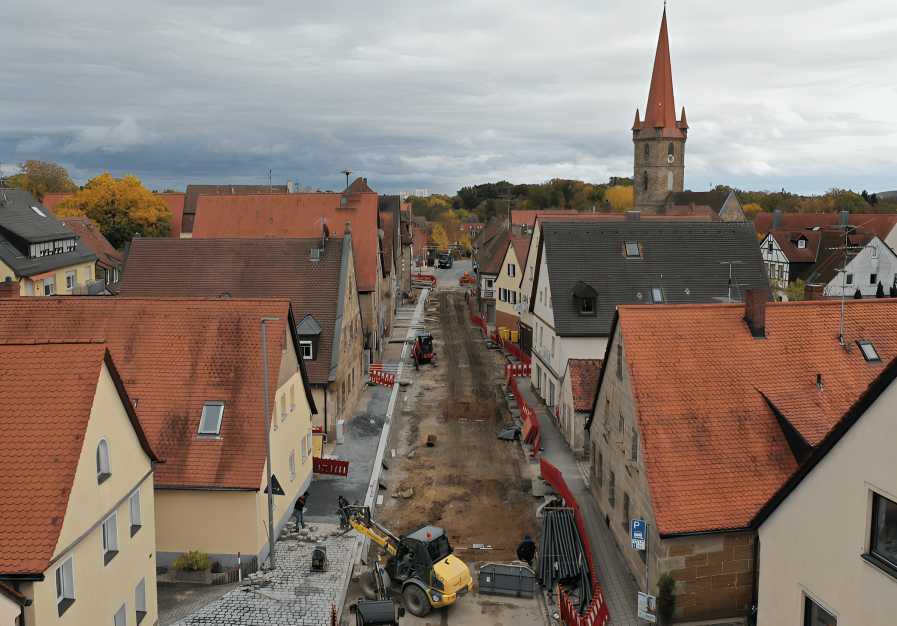
The Bohlenweg, or boardwalk, itself is a historical discovery that provides historians with insight about the Franks and their trade endeavors across Middle Franconia in Germany. This key trade route was instrumental to the growth of the region. Now that the boardwalk in Furth has been revealed, our understanding of this era can be increased.

